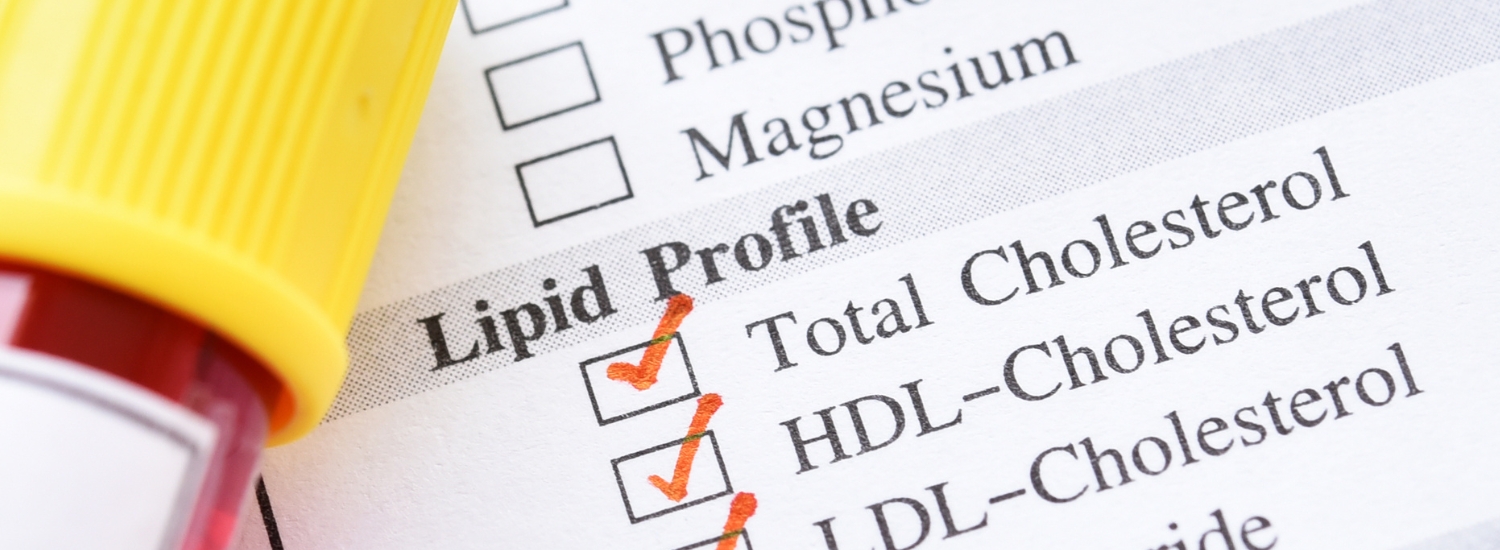Sinus infections, also known as sinusitis, occur when the tissue lining the sinuses becomes inflamed. This condition can cause a variety of uncomfortable symptoms that interfere with daily life. Understanding the symptoms and knowing how to treat a sinus infection can help you recover more quickly and prevent further complications. Longview Primary Care is here to help you with diagnosis and treatment tailored to your needs.
Table of Contents:
- What is a Sinus Infection?
- Common Symptoms of Sinus Infections
- Types of Sinus Infections
- Treatment Options for Sinus Infections
- When to Seek Medical Help
- Final Thoughts
What is a Sinus Infection?
A sinus infection occurs when the sinuses, air-filled cavities in the skull located behind the forehead, eyes, nose, and cheeks, become inflamed due to an infection. This inflammation can cause a blockage, leading to fluid buildup that encourages bacteria or viruses to thrive. Sinus infections may be acute (short-term) or chronic (long-term), and they are often caused by viruses, but bacterial infections or allergens can also contribute.
Common Symptoms of Sinus Infections
The symptoms of a sinus infection can range from mild to severe. Common symptoms include:
- Facial Pain or Pressure: One of the hallmark symptoms of a sinus infection is a feeling of pressure or pain in the forehead, cheeks, nose, or around the eyes. This pain can worsen when bending forward.
- Nasal Congestion: A stuffy nose is another common symptom, often accompanied by difficulty breathing through the nostrils.
- Headache: The pressure from blocked sinuses can lead to a headache that may feel similar to a migraine.
- Post-nasal Drip: You may experience mucus dripping down the back of your throat, leading to a sore throat, cough, or hoarseness.
- Thick Nasal Discharge: Sinus infections often produce thick, yellow or green mucus, which may be discharged from the nose or cause post-nasal drip.
- Coughing and Sore Throat: As mucus drips down the back of your throat, it can trigger coughing and a sore throat, especially at night.
- Fatigue: Sinus infections can make you feel tired and drained, as the body works to fight off the infection.
- Loss of Smell or Taste: Swelling in the sinuses may lead to a temporary loss of smell or taste.
Types of Sinus Infections
There are several different types of sinus infections, categorized by their duration and underlying cause:
- Acute Sinusitis: This type typically lasts less than four weeks and is usually caused by a viral infection, such as the common cold. It may resolve on its own with proper self-care.
- Subacute Sinusitis: This condition lasts between four to twelve weeks. It may be caused by a bacterial infection or an ongoing viral infection that doesn’t improve.
- Chronic Sinusitis: When sinus symptoms last for twelve weeks or more, the condition is considered chronic. Chronic sinusitis may be caused by repeated infections, structural issues in the sinuses, or ongoing inflammation due to allergies.
- Recurrent Sinusitis: People with recurrent sinusitis experience multiple episodes of acute sinus infections per year.
Treatment Options for Sinus Infections
Treatment for sinus infections depends on the type and severity of the infection. Options include:
- Over-the-Counter Medications: For mild sinus infections, over-the-counter medications like decongestants, pain relievers (ibuprofen, acetaminophen), or nasal sprays can help relieve symptoms.
- Antibiotics: If a sinus infection is bacterial in nature, a healthcare provider may prescribe antibiotics to treat the infection. However, most sinus infections are viral and do not require antibiotics.
- Saline Nasal Spray: Using a saline nasal spray can help clear mucus from the sinuses and reduce congestion.
- Steam Inhalation: Inhaling steam from a hot shower or bowl of hot water can help loosen mucus and relieve sinus pressure.
- Hydration: Drinking plenty of fluids can help thin the mucus and reduce sinus congestion.
- Rest: Adequate rest is important to allow your body to heal and recover from the infection.
When to Seek Medical Help
Most sinus infections improve with self-care within 7-10 days. However, there are times when you should seek medical help:
- Symptoms Lasting More Than 10 Days: If your symptoms don’t improve after 10 days, it could indicate a bacterial infection that requires antibiotics.
- Severe Pain or Swelling: If you experience intense facial pain or swelling around the eyes, it may indicate a more serious infection.
- Fever: A high fever (above 102°F) that persists for several days could be a sign of a bacterial infection or a more serious condition.
- Vision Changes: If your sinus infection causes blurry vision or eye pain, it’s important to seek medical attention immediately.
- Recurrent Infections: If you experience frequent sinus infections, it may indicate an underlying issue such as allergies, nasal polyps, or other health conditions.
Final Thoughts
Sinus infections can cause significant discomfort, but recognizing the symptoms early and seeking appropriate treatment can help you recover quickly. While most sinus infections resolve on their own, persistent or severe symptoms may require medical intervention.
If you’re struggling with sinus infection symptoms, schedule an appointment with us for a proper diagnosis and personalized treatment plan. Longview Primary Care is here to guide you through the best treatment options for your health.
Disclaimer: The information provided in this blog is for educational purposes only and is not intended as medical advice. It should not be used to diagnose or treat any health condition. Always consult with a qualified healthcare professional for accurate diagnosis and treatment of any symptoms or medical concern. In case of Emergency, please call 911.










